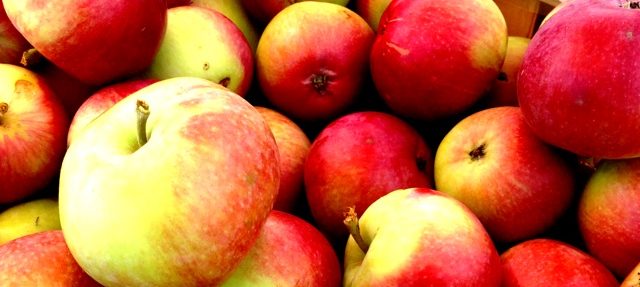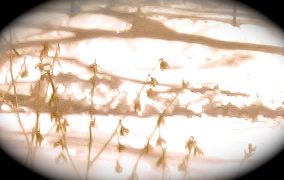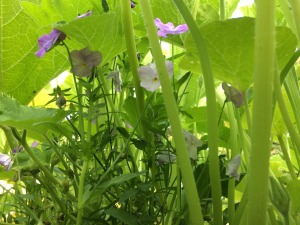Where there is Love and Wisdom,
there is neither Fear nor Ignorance.
St. Francis of Assisi
[The Message of St. Francis, New York: Penguin Studio, 1999, p. 9]
There doesn’t seem to be much Love or Wisdom in the air lately – or at least on the air. Fear and Ignorance, though, are readily available on television and computer screens. The airwaves are full of frightened voices and ignorant commentary. Some of it is unintentional – the result of damaged hearts, minds, and spirits. Some of it is intentional – designed to sell listeners on a new product or political opinion. Manipulating the frightened and unaware isn’t particularly difficult, and it is often profitable. But don’t let this fool you: there is a lot more to life in this time and place, it just isn’t as obvious or promoted.
Take today. As I’m typing this meditation at Kiskadee Coffee in Plymouth, Massachusetts, people I know are at work, spending time and effort to bring hope and peace into the lives of countless others:
Temple Beth Jacob has been preparing for tonight’s Holocaust Memorial service, offering something holy and nourishing from the humiliation and murder of millions. Thank you, Ms. Hirschhorn and Rabbi Lawrence Silverman.
Christ Church Parish, Plymouth, is getting the sanctuary prepared to host the Holocaust Memorial service because it’s for the whole community and the temple doesn’t have enough room to fit everyone inside. Thank you, altar guild, for your hospitality.
Two sons are flying back home to spend time with their older brother and to decide how to best serve their aging parents. The conversations won’t be easy and the solutions won’t be simple. Blessings and Peace, Barry, Bryan, and Dave.
A substitute teacher is getting to know her students. She’s the third one they’ve had in the past six or seven weeks because their usual teacher has a serious medical condition. May God give you both strength and a fabulous sense of humor, Ms. Corde` and Mr. Tersegno.
Love a la Francis is as much an act of courage and will as emotion. It is meaning good things for someone else, and sacrificing to offer them. It is also meaning good things for self, and accepting the sacrifice of others when offered and appropriate.
But what are these good things, and how can I tell the difference between something that I willingly sacrifice for and something that is at my expense? I don’t have a definitive answer, but here’s my provisional one:
Good Things foster the mind and spirit.
Sacrifice may be costly, but it enlarges the spirit and broadens the mind; something at my Expense shrinks my soul and takes gratitude out of the world.
If I grow in wisdom, I’m sure my take on this whole thing will change. Here’s hoping I’m brave enough to make the attempt.















